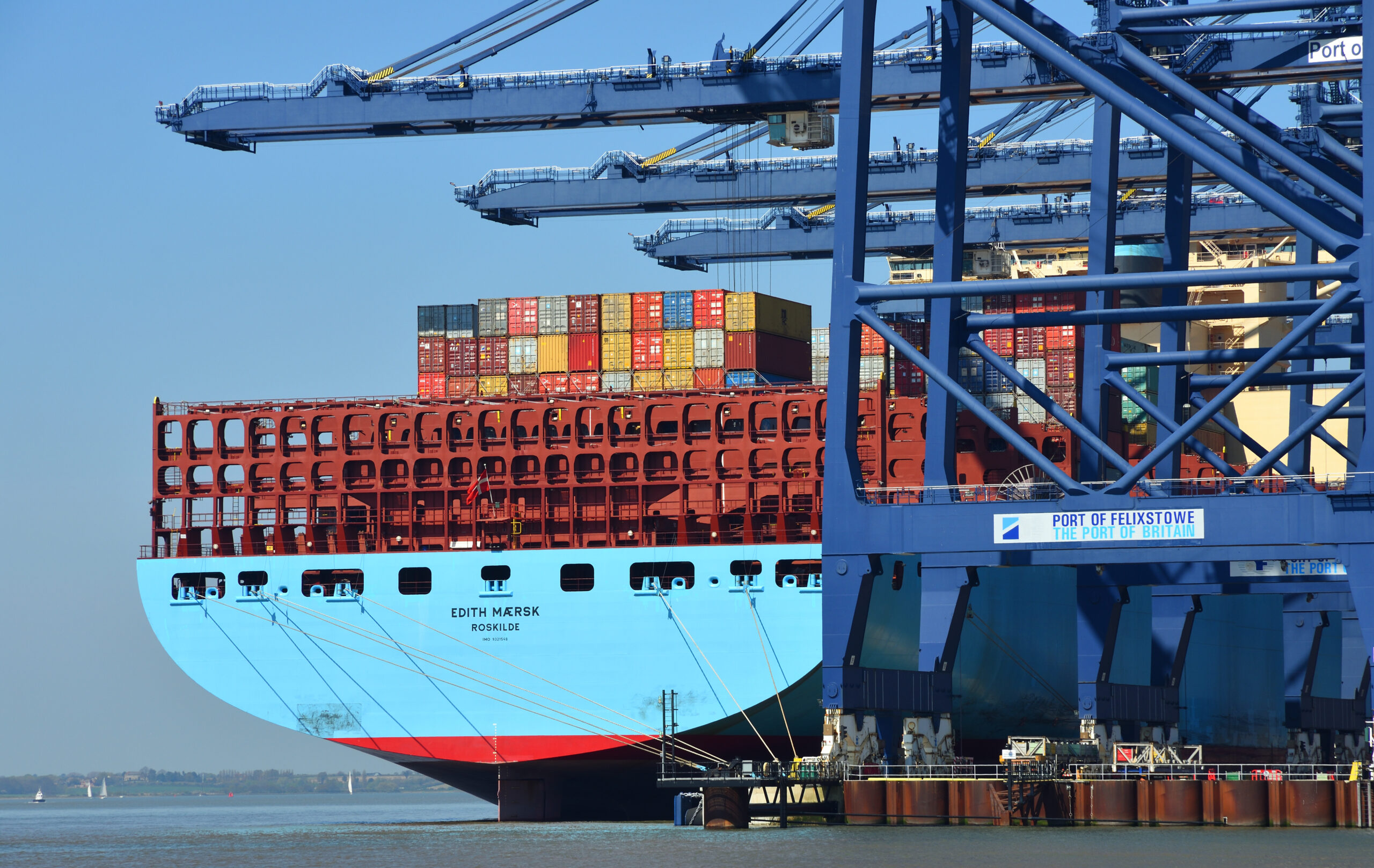New research conducted by University College London (UCL) Energy Institute’s Shipping and Oceans Research Group and UMAS, a maritime decarbonisation consultancy, has found that a high carbon price accompanied by targeted subsidies are necessary to bridge the competitiveness gap between short-term compliance solutions, such as LNG, CCS, and biofuels, and long-term pathways, such as e-fuels.
The International Maritime Organization (IMO) is currently in the process of finalising the parameters of the mid-term measures that will be negotiated at the upcoming meeting of the Marine Environmental Protection Committee (MEPC) 83 in April 2025. To inform these negotiations, researchers at UCL have modelled the relative competitiveness of various fuel and technology choices as pathways to net zero, based on a total cost of operation (TCO) assessment of a 14,000 TEU containership.
The study investigates the extent to which e-fuels, which are synthetic zero-carbon fuels produced using renewable electricity, can be produced at a competitive cost and scale early in the energy transition (i.e. 2027-35), relative to alternative low-emission fuels and technologies.
Unlike e-fuels, low-emission fuels are not expected to be the primary contributors to the long-term energy demand of the shipping industry. This, the authors argue, is because low-emission fuels may either fail to comply with the increasingly stringent global fuel standard (in the case of LNG and CCS) or lack scalability (in the case of biofuels), making them less competitive than e-fuels as demand rises.
As a result, the study warns that the maritime sector risks committing to compliance pathways that may impede long-term decarbonisation efforts and increase costs.
To drive investment into long-term compliance solutions, the authors argue that a global greenhouse gas (GHG) levy is required. Such a levy, starting at $150 per tonne of CO2e, could generate sufficient revenue to support both the energy transition and ensure an equitable shift for impacted stakeholders. A lower levy of $30 per tonne of CO2e would, by contrast, fail to provide the investment signals necessary for an effective transition between 2027 and 2035.
A global fuel standard, even when supplemented by a flexibility mechanism, would be insufficient to make e-fuels competitive before 2044. Under this framework, ships using a combination of LNG, biofuels, and CCS would remain the most cost-effective compliance mechanism until 2036, after which there would be a shift to blue ammonia.
However, by the time e-ammonia and other e-fuels become cost-competitive, vessels optimised for earlier solutions may incur significantly higher operational costs starting in 2040.
Dr Tristan Smith, co-author of the study and Professor of Energy and Transport at UCL Energy Institute, commented on the findings: ‘The IMO’s fuel standard is critical for the longer-term certainty of demand, and longer-run investment. But under this policy alone, this new analysis shows that the market will struggle to make an e-fuel business case before 2040, and therefore e-fuels such as green ammonia will not be available for shipping’s use in any volume. Some suggest that the role of a GHG levy is only for addressing equity, this study shows that it is not the only role, it is also a critical enabler of shipping’s energy transition and for minimising the long-run costs to trade.’
The report also emphasises the importance of direct subsidies or rewards that specifically target e-fuels to bridge the TCO gap between zero-emission fuels and the lowest-cost compliance alternatives.
The analysis suggests that a reward of $28 per gigajoule (GJ) under a high-levy scenario will be necessary in 2027, compared to $36 per GJ under a low-levy scenario. Both figures exceed the reward rates assumed in the IMO’s comprehensive impact assessment, which explains why previous modelling has indicated low uptake of e-fuels in the early years of the energy transition.
By combining a high GHG levy with targeted e-fuel subsidies, the study finds that IMO can establish the necessary investment conditions to facilitate the long-term energy transition in international shipping. Adjustments to key variables, including the cost and scalability of biofuels, CCS efficiency, and the price of LNG, will have profound implications for the economic incentives influencing fuel choices.



